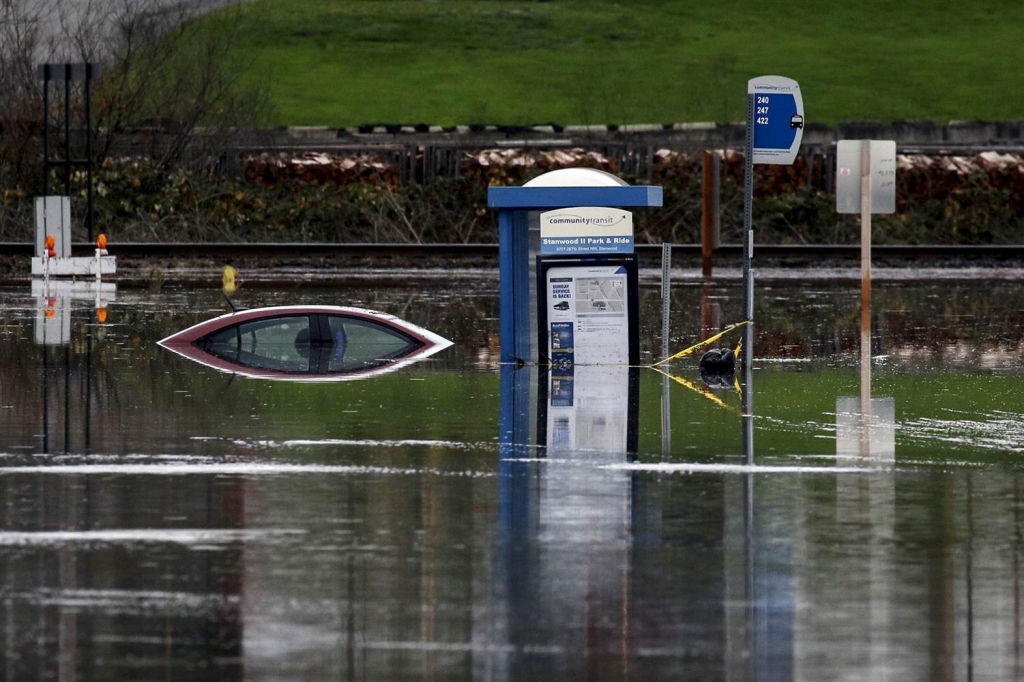-
Tips for becoming a good boxer - November 6, 2020
-
7 expert tips for making your hens night a memorable one - November 6, 2020
-
5 reasons to host your Christmas party on a cruise boat - November 6, 2020
-
What to do when you’re charged with a crime - November 6, 2020
-
Should you get one or multiple dogs? Here’s all you need to know - November 3, 2020
-
A Guide: How to Build Your Very Own Magic Mirror - February 14, 2019
-
Our Top Inspirational Baseball Stars - November 24, 2018
-
Five Tech Tools That Will Help You Turn Your Blog into a Business - November 24, 2018
-
How to Indulge on Vacation without Expanding Your Waist - November 9, 2018
-
5 Strategies for Businesses to Appeal to Today’s Increasingly Mobile-Crazed Customers - November 9, 2018
Storm in United States kills 3, leaves 1000s without power
Powerful winds were recorded to be as high as 119 miles per hour with the destructive force capable of ripping roofs from homes, pushing over vehicles and knocking trees down.
Advertisement
Debris from a fallen tree is pictured during a strong storm in Seattle, Washington November 17, 2015.
(AP Photo/Ted S. Warren).
On Wednesday, a few 250,000 homes and businesses were left without power in the northwestern state, Reuters reported. The Cheney and Spokane campuses of Eastern Washington University closed Tuesday afternoon because of high winds.
Crews in Spokane were working to clear at least 175 fallen trees Wednesday that blocked streets and slowed the morning commute.
An estimated 700 miles of overhead power lines were damaged by the wind storm, the company said.
Police said a woman in her 50s was killed Tuesday when a tree toppled in Spokane.
Lea Anne Scott, 54, died in Spokane; a man in his mid-20s was killed when a tree crushed his auto in Snohomish County and the third victim, 70-year-old Carolyn Wilford, died from head injuries after a tree landed on her vehicle on Highway 904 southwest of Spokane.
Grant Strinden, 23, of Monroe died instantly when a tree fell onto his auto said Merlin Halverson, a Snohomish County Fire Chief told NBC station KOMO.
Several other highways remained closed, Washington state police said.
Ferry trips were cancelled in several areas and Sound Transit trains were delayed due to trees and water on the tracks throughout the system.
The utility said customers who lost power Tuesday should be prepared to go three to five days without electricity.
More than 360,000 customers were without power in the Puget Sound region, a local utilities reported late on Tuesday.
The strong winds and extended downpour caused fewer problems in OR, but roughly 7,000 Portland General Electric customers remained without power in the Portland area. Crews were expected to work around the clock until service was restored and shelters were opening to provide heat and power.
Avista called the wind storm that walloped the Inland Northwest on Tuesday their “largest crisis in 126 years” in a statement released Wednesday.
Advertisement
The storm that originated in the Gulf of Alaska could be a harbinger of El Nino, the ocean-warming phenomenon that’s predicted to bring heavy rain to the West in the coming months, said Kathy Hoxsie of the National Weather Service.





























